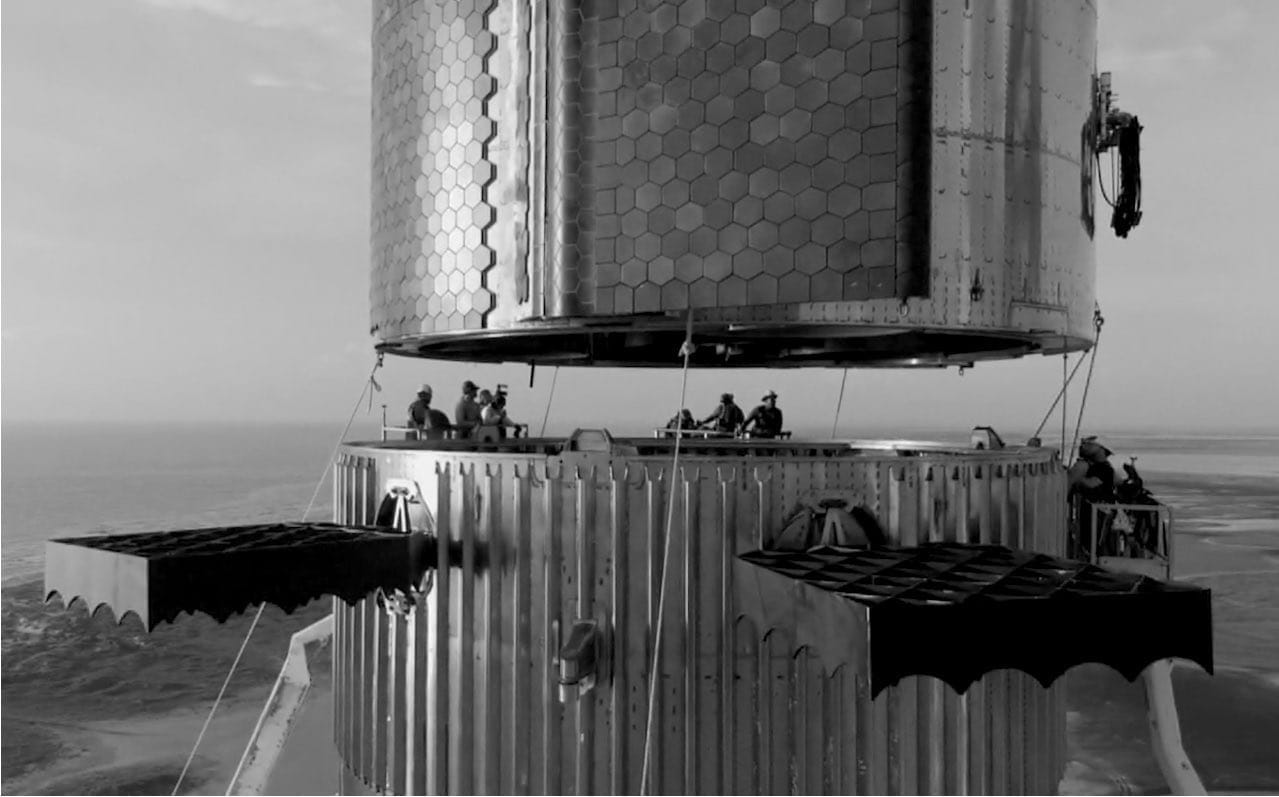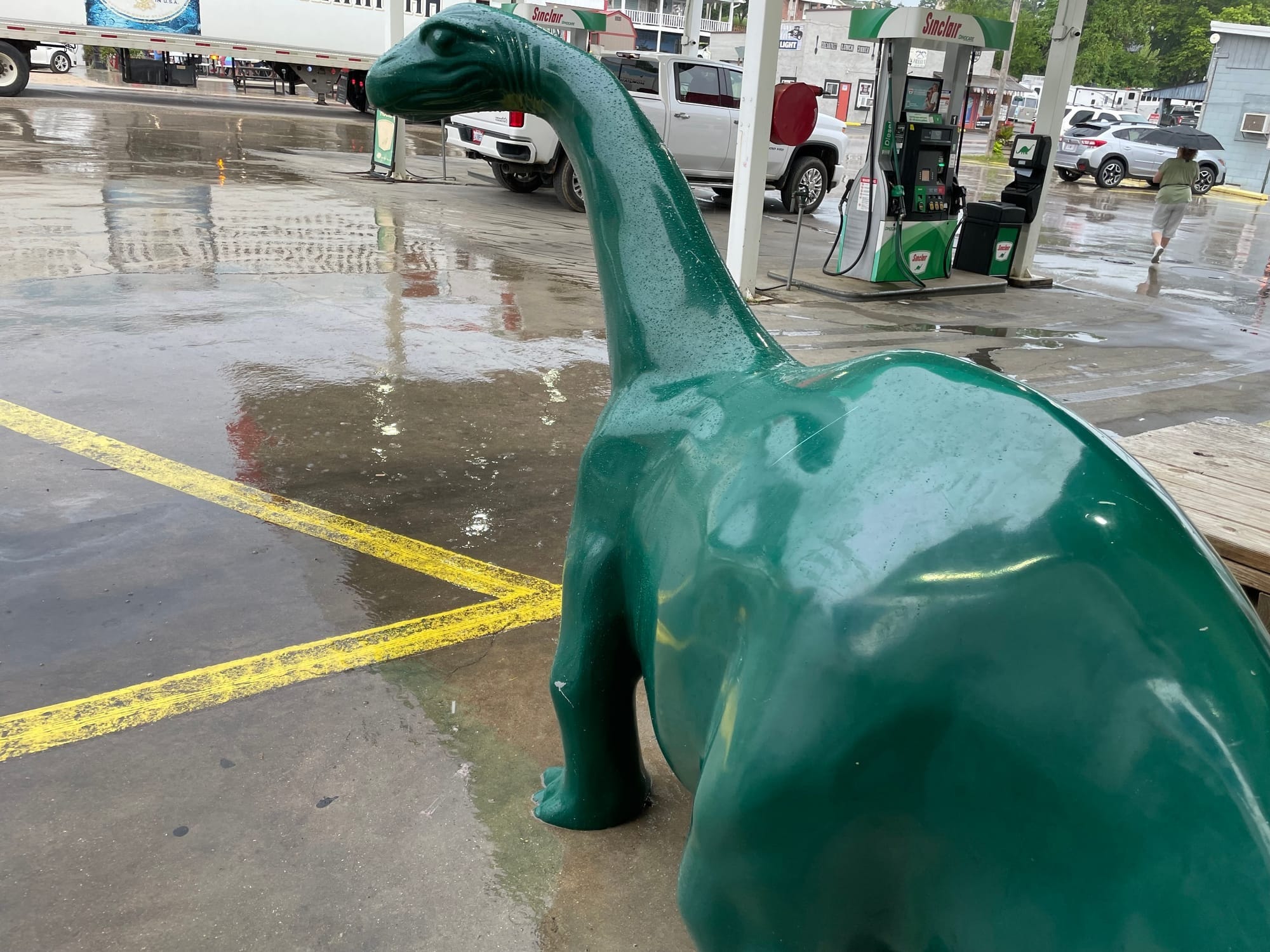The next few weeks will bring a series of events whose effect will linger not just over the next four years, but over decades—even centuries. The outcome won't be decided at the polls, but on the coast of Florida and Texas. And in space.
After many delays, technical and regulatory, this November could see an amazing pair of rocket launches that could have as much to say about our future as the election.
Will Elon Musk grow his near-monopoly on orbital launches into an unbreakable hold that puts one man in control of the entire Solar System? Will another tech billionaire find a way to chip away at Musk's stranglehold on launch capacity and hold the door open for future competition? And will the old-school companies that saw America through the first "space age" remain relevant at a point where it seems they only make the news through failure?
A big piece of the future could be decided by the end of the year.
Vulcan
Starting with the earliest (and arguably least "sexy") of the launches, United Launch Alliance conducted the second test flight of its new Vulcan launcher last Friday, October 4.
Vulcan Centaur is a medium-heavy lift vehicle designed as a replacement for two of ULA's older rockets, the Atlas V and Delta IV, both of which first launched in 2002 and both of which were the last members of "families" that went back into the 1950s. The upper stage, called Centaur V, is still based on a decades-old design though this version has some significant advances.
The most exciting feature of Vulcan is that it's the first U.S. launch vehicle to reach space using engines that burn methane. The first stage of the rocket uses a pair of BE-4 engines designed by Jeff Bezos' rocket company, Blue Origin.
Despite roots that reach back to the origins of the space age, Vulcan is a new design, with features that are intended to make it quicker and cheaper to build. However, even if ULA manages to get the cost well below Atlas or Delta, this is still both the least capable and most expensive of the new generation. That's mostly because this rocket works the old-fashioned way: once.
There are some potential schemes for the reuse of engines and a portion of the first stage, but those plans have not been implemented. Right now, every Vulcan flight is expected to cost somewhere close to $100 million. And nothing comes back.
The test flight on Tuesday was marred when one of the two solid rocket boosters strapped to the first stage blew out its nozzle (likely because the nozzle design was kept identical to past solid boosters even though these boosters produce more thrust). The result was a plume of flames that, luckily, shot to the side, away from the core stage of Vulcan.
The rocket was able to power through the launch anyway, thanks to the oomph of those BE-4 engines, and entered orbit perfectly. However, had that plume from the damaged solid rocket booster gone the other way, Vulcan's second flight could have ended in debris.
Expect some delays as those solid rocket boosters get reworked.
New Glenn
The first of the two big upcoming launches is something totally new. It's the first flight of Blue Origin's massive New Glenn rocket.
With a first stage powered by seven of the big BE-4 engines, New Glenn is 322' tall and can carry almost twice as much to orbit as Vulcan. This is a massive rocket. But size alone is not New Glenn's party trick.
Anyone who has been watching Blue Origin's small (and disturbingly phallic) New Shepard take groups of tourists for brief flights to the edge of space has seen what Blue Origin has been practicing over the last nine years: powered booster landings. Just like New Shepard, New Glenn's first stage is designed to return and make a powered landing. SpaceX has also been pulling off this trick since 2015 by recovering the first stage of the Falcon 9 booster.
New Shepard is just 60' tall and 12' in diameter, and that includes the crew capsule. The first stage of a Falcon 9 is 135' tall and about 12' in diameter. But the first stage of New Glenn is 189' tall and 23' in diameter. It's much, much larger than anything that anyone has successfully recovered before.
Blue Origin has developed an appropriately large landing barge to catch its giant booster.
If Blue Origin is successful in getting New Glenn to orbit and recovering the first stage, it will mark the first time in a decade that SpaceX had a serious competitor in the launch space. Assuming Blue Origin can scale up production of the New Glenn and operate its large rocket efficiently (neither of which is guaranteed), Bezos' big booster may even undercut the cost-to-orbit of Musk's Falcon 9.
And even though there's no great reason to think that Bezos is a "good guy" in any sense, the availability of a real competitor to Falcon 9 would be a tremendous relief.
But it might not matter, because ...
Starship
The last of the big launches of 2024 is expected to be the fifth test flight of SpaceX's huge Starship. This is simply the largest and most powerful rocket that's ever been built. And with a new iteration in the works, it's getting still larger and even more powerful.
It's bigger than New Glenn. Bigger than Saturn V. And with 33 of SpaceX's Raptor engines on the first stage, Starship has more thrust than its nearest competitor and the Apollo launch vehicle combined.
The size and the cheap method of construction (Starship is built from welded rolls of high-strength steel rather than machined from aircraft aluminum or carbon fiber) are enough to make this vehicle hugely competitive, even if it was disposable, like Vulcan.
But it's not designed to be completely lost on every flight. Or even to just recover the booster for reuse. Starship is meant to be the first completely reusable rocket, where every part of the vehicle can be serviced, refueled, and flown again.
SpaceX doesn't mean to land Starship on a barge or even a pad. There aren't even any legs. Instead, as the illustration below shows, they mean to catch the booster using a pair of arms attached to the launch tower. That way, it can be put right back on the pad, theoretically ready for another flight.
The first stage of the current booster, known as "Super Heavy," is 233' tall and 30' in diameter. That's so big it's difficult to appreciate. Even with some people in frame for scale, it's still just so ... much.

And on the next test flight, SpaceX means to test this system, meaning that one of these enormous boosters is going to fall out of the sky near Brownsville, relight a core group of engines, and settle down on those big metal arms.
Or it's going to make a helluva mess.
SpaceX had hoped to make this flight in September–though the truth is, they were not ready. That hasn't stopped Musk from endlessly railing against the FAA for following timelines that are baked into the regulations around testing new craft. The flight is now expected no earlier than the last week of November.
Should SpaceX successfully recover the booster, they'll be well on the way to making a launch vehicle whose cost to operate is largely measured in the cost of methane and liquid oxygen. It could be cheaper to launch even the smallest satellite on the giant Starship than on a smaller launcher, even Falcon 9.
It will also mean that the guy who already owns roughly two-thirds of all the satellites in Earth orbit, the guy who already dominates space launches, the guy who NASA depends on both for carrying astronauts to the International Space Station and for building the lunar lander to carry Americans back to the Moon, would have such an advantage over all competitors that he would essentially own the doorway to any destination in space.
That would be this guy.
Musk will never be able to buy himself out of being cringe and it kills him every day. pic.twitter.com/nR8JsP9qXW
— Marie Gardiner 🎃 (@MarieGardiner) October 6, 2024
Starship is meant to be a do-it-all design. Take satellites to orbit? Sure. Land people on the Moon? You got it. Deliver colonists to Mars? That was the idea all along. If it delivers on its promise, it's going to be extremely difficult for anyone else to find an open niche.
Right now, NASA is doing its best to spread out funds so that older launch providers like ULA and newcomers like Blue Origin have a way to make money in space. But there's no guarantee that will continue ... especially if there's a disaster in that other thing happening in November.
Next year might also bring the first test flight of the partially reusable (and extremely interesting) Neutron launcher from U.S. / New Zealand company Rocket Lab. Move-fast startup Stoke Space may also have something to show. A pair of Chinese companies are also getting much closer to duplicating Falcon 9-level booster recovery (though one of them recently had a slight issue during a test flight) and there's a new big Chinese rocket coming that looks very Starship-ish.
But if SpaceX is successful with their next Starship flight, the window for potential SpaceX competitors is going to become narrow. Quickly.












Comments
We want Uncharted Blue to be a welcoming and progressive space.
Before commenting, make sure you've read our Community Guidelines.